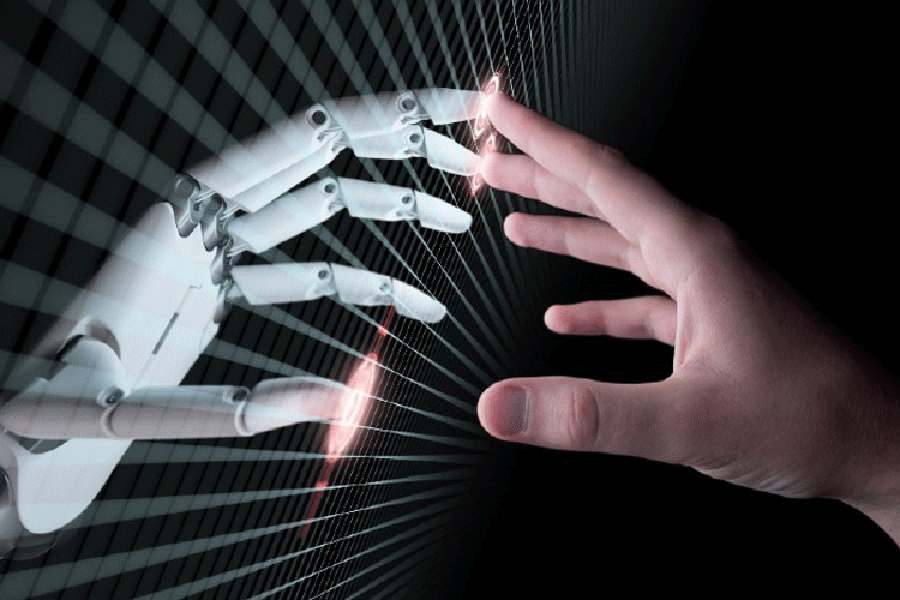Researchers have developed an artificial intelligence model that accurately predicts outcomes for cancer patients from tissue samples, marking a significant advancement in using AI for likely course of the disease and personalised treatment strategies.
The innovative approach, described in the journal Nature Communications, analyses the spatial arrangement of cells in tissue samples.
Cell spatial organisation is like a complex jigsaw puzzle where each cell serves as a unique piece, fitting together meticulously to form a cohesive tissue or organ structure, the researchers said.
"The study showcases the remarkable ability of AI to grasp these intricate spatial relationships among cells within tissues, extracting subtle information previously beyond human comprehension while predicting patient outcomes," said study leader Guanghua Xiao, a professor at the University of Texas Southwestern Medical Center in the US.
Tissue samples are routinely collected from patients and placed on slides for interpretation by pathologists, who analyse them to make diagnoses.
However, this process is time-consuming, and interpretations can vary among pathologists, the researchers said.
In addition, the human brain can miss subtle features present in pathology images that might provide important clues to a patient's condition, they said.
Various AI models built in the past several years can perform some aspects of a pathologist's job, for example, identifying cell types or using cell proximity as a proxy for interactions between cells.
However, these models don't successfully recapitulate more complex aspects of how pathologists interpret tissue images, such as discerning patterns in cell spatial organisation and excluding extraneous "noise" in images that can muddle interpretations.
The new AI model, named Ceograph, mimics how pathologists read tissue slides, starting with detecting cells in images and their positions.
From there, it identifies cell types as well as their morphology and spatial distribution, creating a map in which the arrangement, distribution, and interactions of cells can be analysed.
The researchers successfully applied this tool to three clinical scenarios using pathology slides.
In one, they used Ceograph to distinguish between two subtypes of lung cancer, adenocarcinoma or squamous cell carcinoma.
In another, they predicted the likelihood of potentially malignant oral disorders—precancerous lesions of the mouth—progressing to cancer.
In the third, the team identified which lung cancer patients were most likely to respond to a class of medications called epidermal growth factor receptor inhibitors.
In each scenario, the Ceograph model significantly outperformed traditional methods in predicting patient outcomes.
Importantly, the cell spatial organisation features identified by Ceograph are interpretable and lead to biological insights into how individual cell-cell spatial interaction change could produce diverse functional consequences, Xiao said.
These findings highlight a growing role for AI in medical care, he added, offering a way to improve the efficiency and accuracy of pathology analyses.
"This method has the potential to streamline targeted preventive measures for high-risk populations and optimise treatment selection for individual patients," Xiao added.
Except for the headline, this story has not been edited by The Telegraph Online staff and has been published from a syndicated feed.










